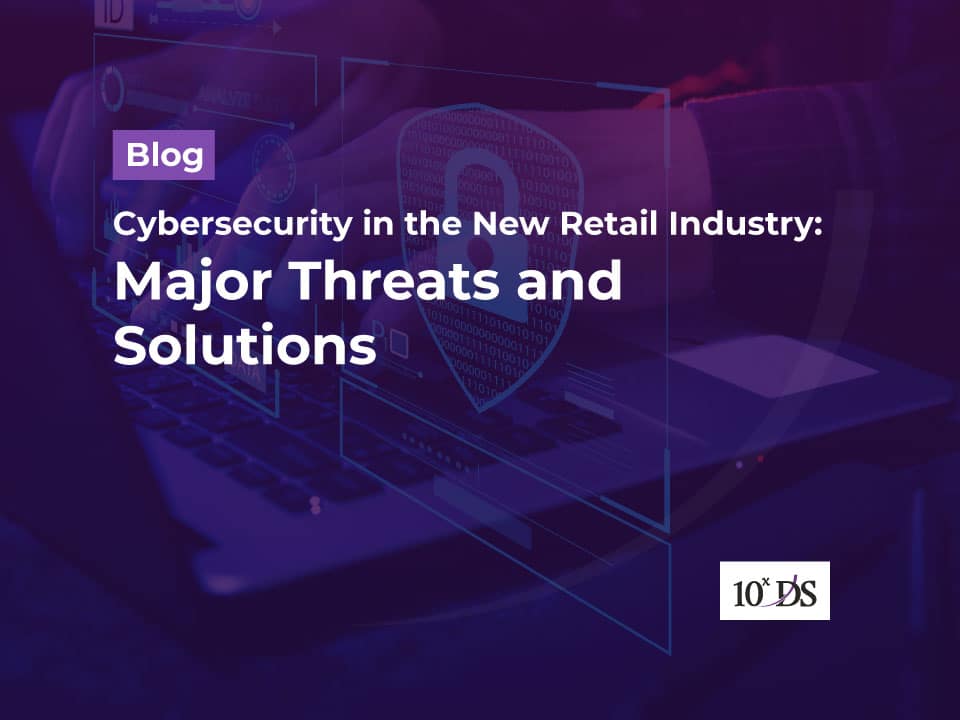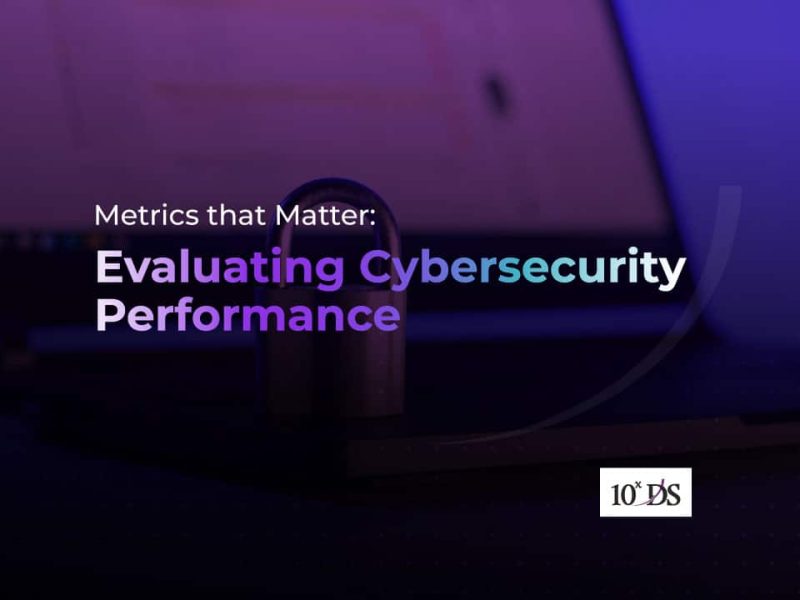
Cybersecurity in the New Retail Industry: Major Threats and Solutions
Cyber threats in the retail industry have become increasingly common in recent years, with hackers targeting businesses of all sizes in an effort to steal sensitive information and financial data. These threats can range from simple phishing scams to more sophisticated attacks, or even through the physical theft of devices such as point-of-sale terminals that exploit vulnerabilities in a company’s IT systems. Once the hacker gets access to the online data, they can sell it on the dark web for a price and cause serious damage to the retailer in many ways. Let’s go over a few major cyber threats to the retail industry.
1. Data Breach
Retailers and e-commerce shopping websites have data on many customers. As customers enter their debit and credit card details and these websites save them, customer data such as their name, CVV, card numbers, and so on become vulnerable to theft. Once hackers get access to the data, they sell it on the dark web for a huge amount. In order to steal this data, the threat actors disguise themselves as authentic users.
2. Ransomware
In order to exploit vulnerable retailer networks, hackers install ransomware. The ransomware they have installed allows them to encrypt their system and block their transactions. Then they demand a ransom in return for a free network. This can result in financial losses for retailers as well as damage to their reputations. Not only that, but once the hackers have finished exploiting the retailer and collected the ransom, they do not return their data but instead make a copy of it and keep it in case they can use it to blackmail the retailer again.
3. Phishing Scam
In phishing attacks, threat actors send fake emails to retailers, attacking them with false schemes. They provide a link containing a virus; if the victim clicks on that link, the virus spreads throughout their network and gives access to the hacker’s online data. This is one of the more common traditional cyberattacks.
Growing digital presence and the deployment of more IT stacks have widened the attack surface for hackers, and it becomes more likely that further complex persistent threats will continue in their systems for a longer period of time. These advanced persistent threat groups use emails to spread viruses and malware across networks. For instance, cybercriminals may target retailers in an effort to obstruct their business operations through malware infections or Distributed Denial of Service (DDoS) attacks.
Retailers need to take a multi-layered approach to security to deal with these threats.
- Investing in cutting-edge security technologies.
- Implementing encryption technology to protect sensitive data, such as credit card information, from being intercepted during transmission But it is always best not to keep such sensitive information in the retailer’s network, which would leave it open to hackers.
- Putting up firewalls to prevent unauthorised access,
- installing intrusion detection systems to alert them to potential threats.
- installing anti-virus software in the systems
- The Payment Card Industry Data Security Standard (PCI DSS) is an example of an industry rule or standard that retailers should follow.
- Providing regular security training to employees is an important aspect of a comprehensive cybersecurity strategy. Retail organisations should train employees on how to recognise and report cyber threats as well as how to handle sensitive information properly. This includes educating employees on how to identify and avoid phishing scams as well as how to properly use encryption technology. Additionally, retail organisations should also establish policies and procedures for handling cyber incidents, including incident response plans and disaster recovery procedures.
- Regularly monitoring the retailer networks for signs of intrusion or other suspicious activity is another major step. This can include keeping an eye out for strange traffic patterns, strange attempts to get in, or any other signs that an attacker might be trying to get into sensitive systems or data.
- Strong security protocols, like multi-factor authentication (MFA), which requires the user to provide two or more pieces of evidence to access a website or app, make it hard for threat actors to get in.
Taking regular data backups to minimise the chances of data loss after a cyberattack such as phishing or ransomware is also an effective precautionary step. Retailers can automate the backup with the help of managed service providers like 10xDS.
Retail organisations should always stay current on cybersecurity trends and best practices. This includes regularly monitoring software updates as well as staying aware of new threats and vulnerabilities. Additionally, retail organisations should also consider partnering with a managed security service provider (MSSP) to help manage their cybersecurity efforts. MSSPs can provide various services, such as threat intelligence, incident response, and security assessments, to help organisations stay protected against cyber threats.
Conclusion
In conclusion, retail organisations face a wide range of cyber threats that can compromise sensitive customer information and lead to financial and reputational losses. To protect against these threats, retail organisations need to implement a comprehensive cybersecurity strategy that includes both technical and non-technical solutions. This includes implementing robust security software and systems, providing regular security training to employees, staying up-to-date with the latest cybersecurity trends and best practices, and partnering with a managed security service provider (MSSP). By taking these steps, retail organisations can protect themselves against cyber threats and ensure the safety of customer information. You can always contact Exponential Digital Solutions (10xDS) for assistance with your cyber security needs.


